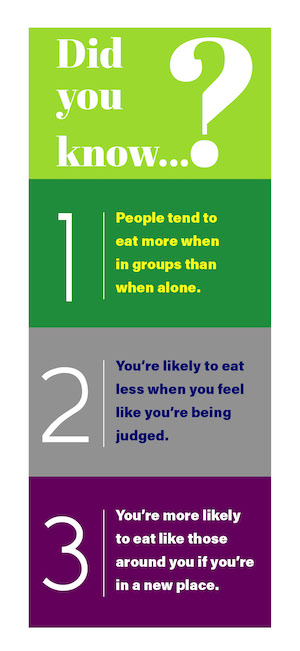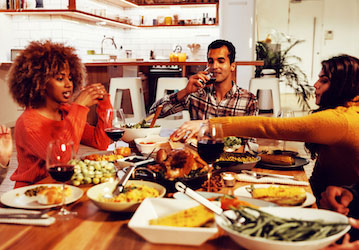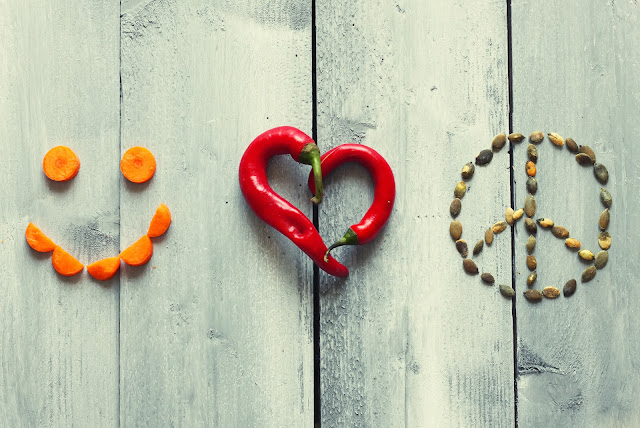Healthy—and unhealthy—eating habits are contagious. When those around you make good (or not-so-good) food choices, you’re likely to do the same. Special celebrations, holiday parties, and even casual get-togethers centered around eating can make it tough to stay on track when the people around you aren’t on the same path.
It can be particularly hard to keep up your nutrition routines where there are larger quantities of food, more varieties to try, and longer stretches of time devoted to eating than usual. Whether it’s a gathering of your extended family one day or an office party the next, you might find yourself eating with many different people who have many different eating habits.
Eating as a social activity

Whether it’s your nightly family meal, a holiday party, or grabbing a bite on base, eating is a social activity. Your diet can be vulnerable to social influences even if you don’t always realize it. The people around you can have a powerful impact on the way you eat. For example, children model the eating behaviors of the adults in their lives, and teens tend to model the eating behaviors of their friends. Your social group—whether family, friends, or a larger entity such as the military or the country you live in—often determines your eating decisions, such as portion size and food choice.
Why is it so common to be influenced by others? One reason is related to wanting to “fit in.” It’s normal to adjust your behavior (even if you’re not aware of it) because you want to be liked or accepted, or you want to avoid judgement. Sometimes, the best way to fit in is to act like the people around you. Another reason is deeply coded into the brain’s fight for survival. By reading the cues of others, you instinctively get a sense for which foods are safe to eat.
You might even use your eating habits to communicate something about yourself. For example, you might eat more when you see your parents so your mom doesn’t worry you’re not taking care of yourself. Or maybe, when you get together with fellow Military Service Members, you stick to healthy choices to show you’re committed to your training.
Tips for success
Try these tactics to help maintain your nutrition goals while hopping between get-togethers.
- Have a support buddy. Whether it’s a spouse or someone close to you, have someone support you in your healthy choices to help you stay on track. If you’re going to be influenced by those around you, better that it’s by someone who’s on the same page.
- Communicate ahead of time. If you have special dietary needs, allergies, or preferences (vegan, vegetarian, gluten-free, etc.) consider telling your host ahead of time. By getting ahead of the situation, the host will have a chance to prepare—and you’ll help avoid an uncomfortable conversation in front of other guests.
- Get your confidence up. If you’re trying to stick to healthy choices, don’t cave to peer pressure. But if it’s your day to indulge, have that extra cookie with your head held high!
- Track your own eating—not everyone else’s. It’s easy to underestimate how much you’ve actually eaten when those around you are eating more. So keep an eye on how much you eat and drink rather than looking at how much you eat compared to others.
- Take control of your plate. If the situation allows it, serve yourself the portions you’d like rather than let a host or guest fill your plate. If you can’t serve yourself, politely ask for the portion sizes or food choices you’d prefer.




